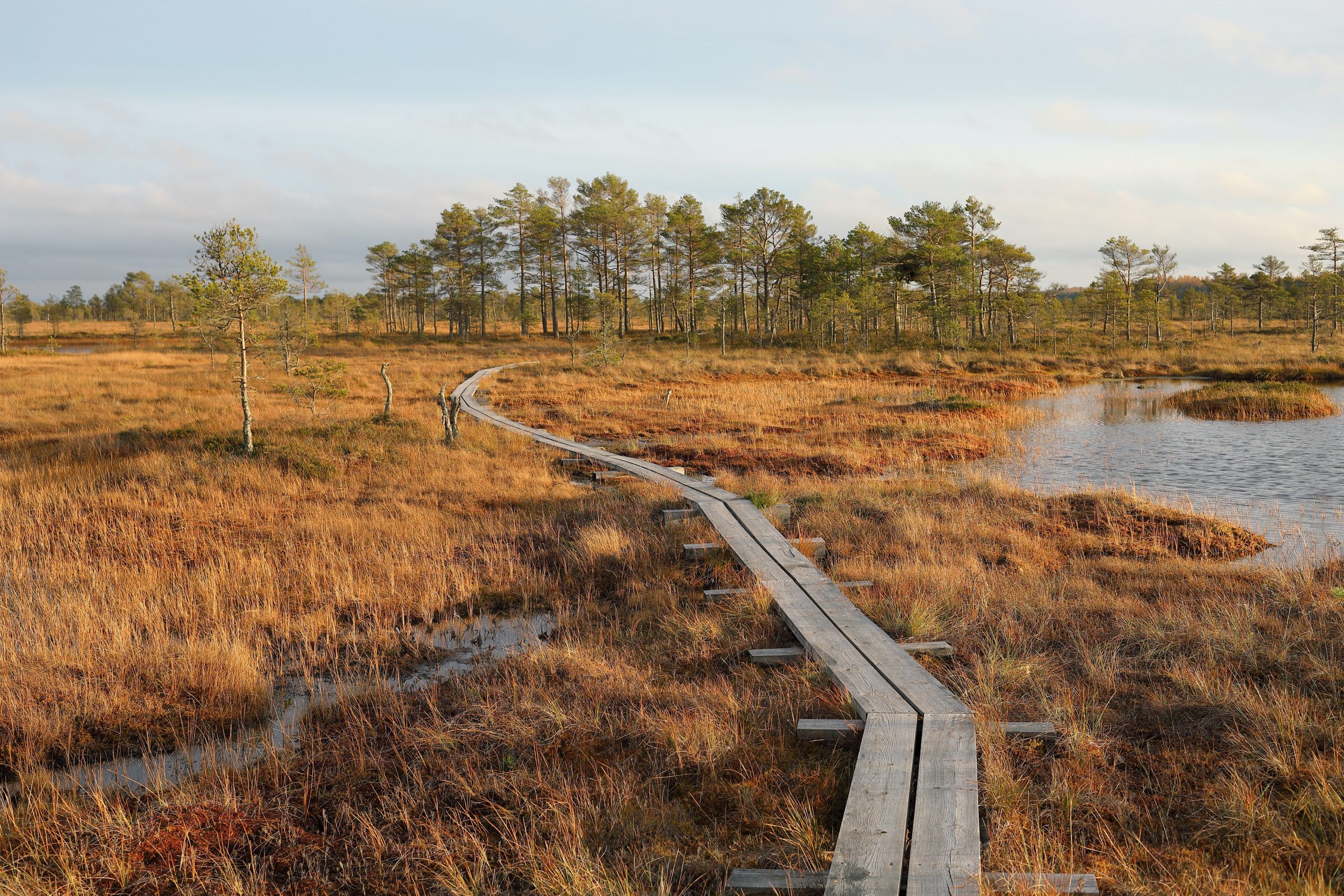
In collaboration with Klim
German AgriTech leading the shift towards regenerative agriculture
To realise its full potential as both a competitive farming system and a scalable climate solution, regenerative agriculture must transparently demonstrate its positive impacts on climate, nature and society. Digital Measurement, Reporting, and Verification (dMRV) processes are being developed to enhance the credibility of regenerative agriculture, to speed up its adoption and to solidify its position as an effective climate change mitigation strategy.
Increasing transparency and traceability of carbon credits generated through regenerative agriculture
While regenerative agriculture’s effectiveness in capturing and storing carbon is generally accepted, accurately measuring the exact amount of carbon removed from the atmosphere remains challenging, particularly in the context of carbon credit generation. The nuanced, site-specific impacts of regenerative agriculture across diverse soil types, plant species, and weather conditions require a toolkit of precise and consistent measurement techniques.
While some attempts have been made to define a clear methodology, such as the Regen10 initiative presented at COP28, there are currently no globally agreed on standards. Increasingly sophisticated third-party verified methodologies and dMRV systems to address this challenge are being developed, offering a powerful tool for assessing and validating the impacts of regenerative agriculture projects.
Key aspects of dMRV systems can include:
- Creating baseline scenarios: to accurately measure the impact of regenerative agriculture practices, it is essential to establish a baseline scenario. This involves testing, documenting and evaluating the existing conditions of the fields, including soil conditions, fertiliser use, crop rotations as well as tillage and seeding methods before adoption of regenerative agriculture measures.
- Regional weather data: integrating regional weather data in the dMRV system and the baseline scenario calculations, helps to account for the variability in environmental conditions which feed into the soil carbon models. This allows for a more accurate assessment of the impact of regenerative agriculture practices and project outcomes while supporting the development of tailor-made strategies for farms from different regions with different climates.
- Remote sensing: remote sensing technologies allow the monitoring and assessing of the situation on each farm with high accuracy and efficiency. These data points feed into locally calibrated climate and carbon storage models and help detect changes in vegetation cover, soil moisture and other key soil indicators.
- On-site visits and documentation requests: while remote sensing provides valuable data, on-farm visits are required to take soil samples, double-check cultivation methods, crop rotations and other important conditions, to confirm the adoption of regenerative methods and their effects.
- Farmer-centric approach: dMRV methodologies have to be designed with the farmers’ needs and constraints in mind, to make the adoption of regenerative practices as easy as possible. With a large share of the Klim team growing up on farms themselves, and after countless hours of conversations with farmers, Klim managed to create a farmer-centric digital platform for data collection, knowledge sharing and financing. In combination with tailored recommendations and a dedicated support team, the farmers feel confident to implement the suggested practices.
Overcoming doubt with data
Regenerative agriculture projects must ensure that the proposed benefits, such as increased carbon sequestration, have permanence and are maintained over time. Working together with trusted third-party certification bodies, such as TÜV in the case of Klim, provides credibility about the project’s positive environmental impact and carbon farming performance.
dMRV systems open the door for regenerative agriculture to be a major player in the Voluntary Carbon Market. Carbon credits create financial incentives for farmers to implement respective measurements in their fields. The alignment of economic viability with ecological stewardship makes regenerative agriculture attractive to all stakeholders and will help it scale globally.
Together, at Klim and Callirius, we work on solutions to provide access and transparency to financiers to the dMRV collected from these projects.
The time to act is now, and the potential rewards are immense – a healthier planet, stronger communities, and food security for all. Join us in driving this transformative change. Contribute financially to developing effective regenerative agriculture through Klim carbon credits on the Callirius’ Project Portal.

In collaboration with Klim
Klim is a German AgriTech company leading the transformation to regenerative agriculture. This transformation on our farmland restores soil’s potential as a carbon sink, enhances soil fertility and resilience against extreme weather and fosters a thriving, diverse ecosystem. Klim's digital platform and proprietary MRV methodology are designed to facilitate the farmer-friendly transition to regenerative agriculture, ensuring maximum transparency and traceability of the related carbon credits.




